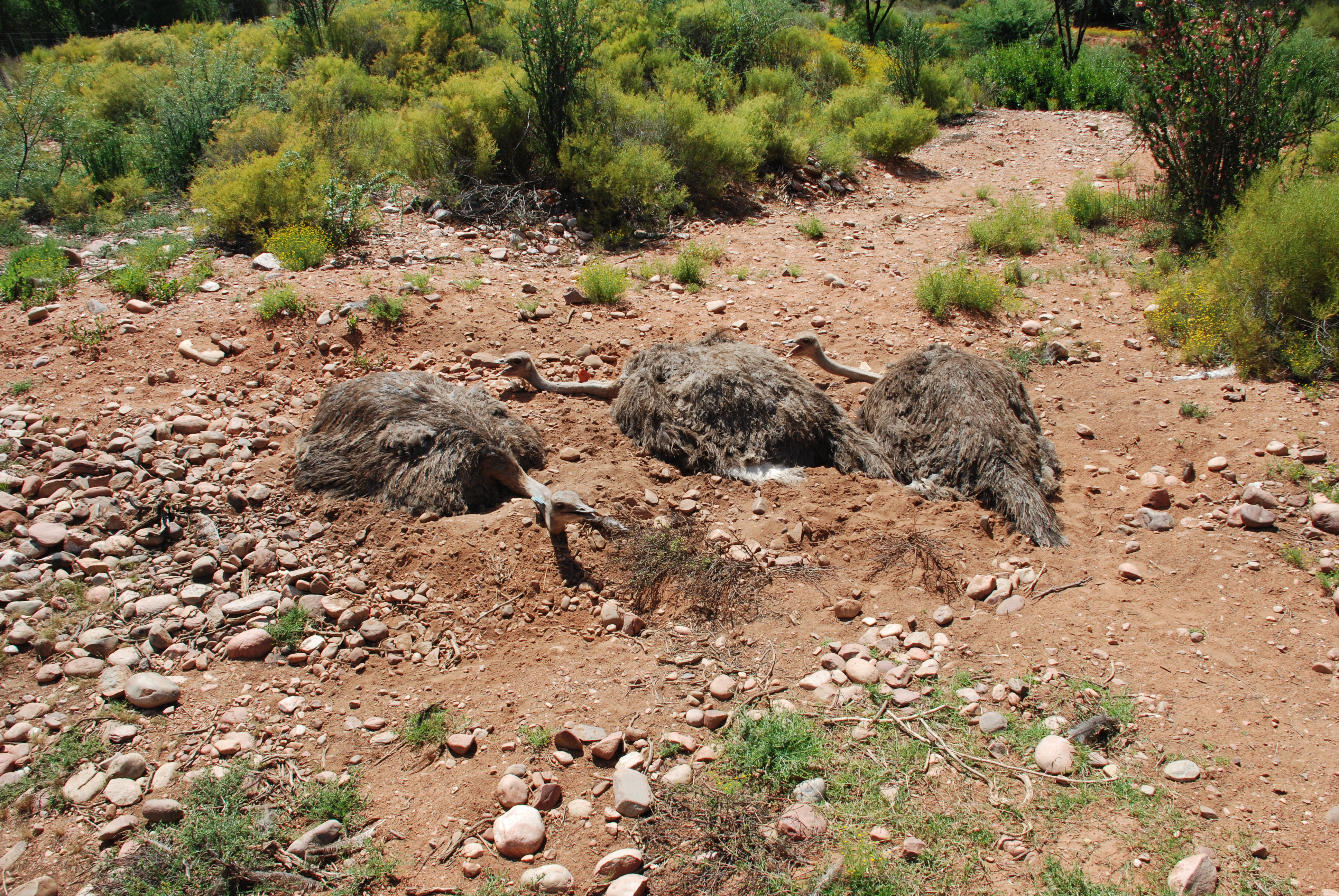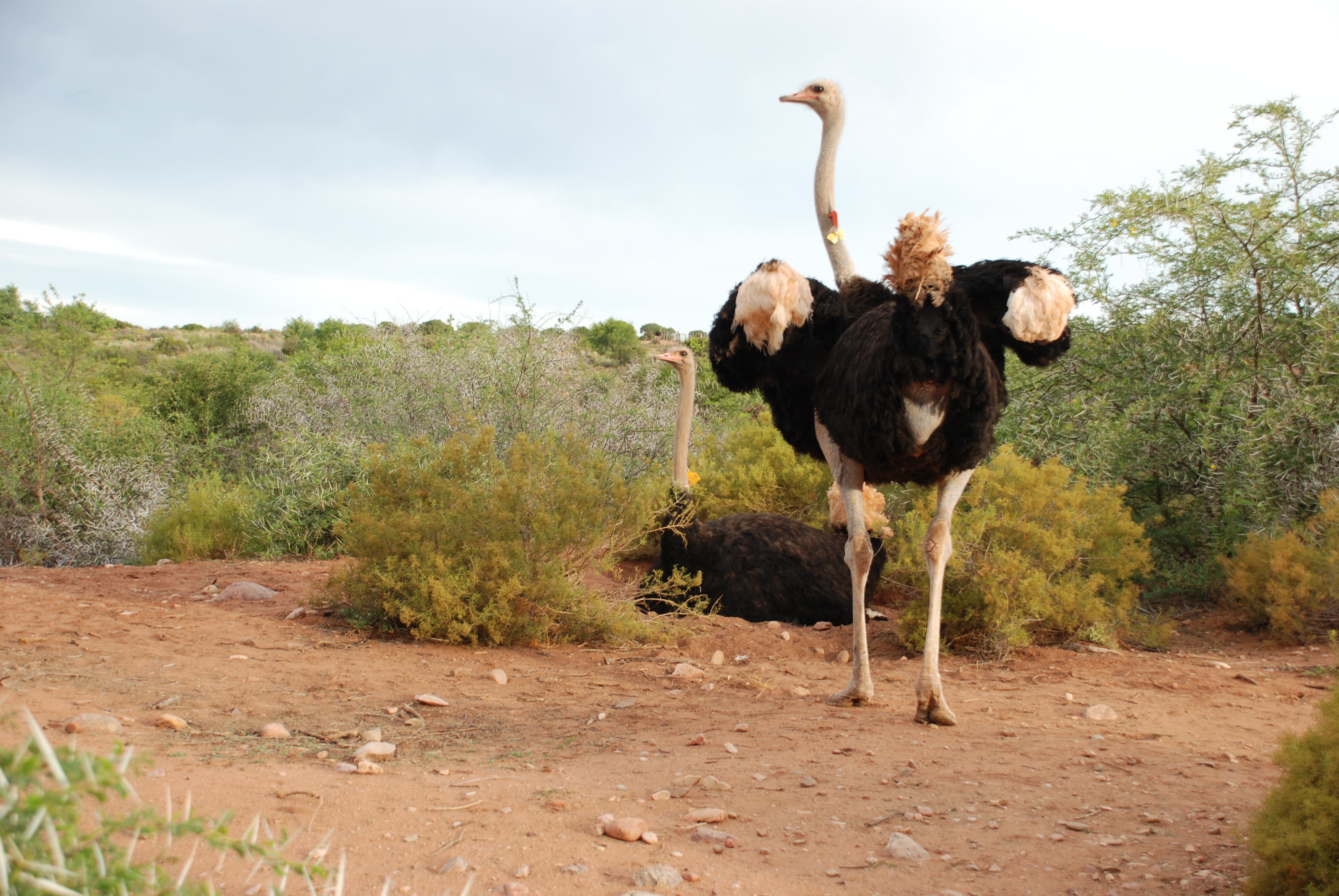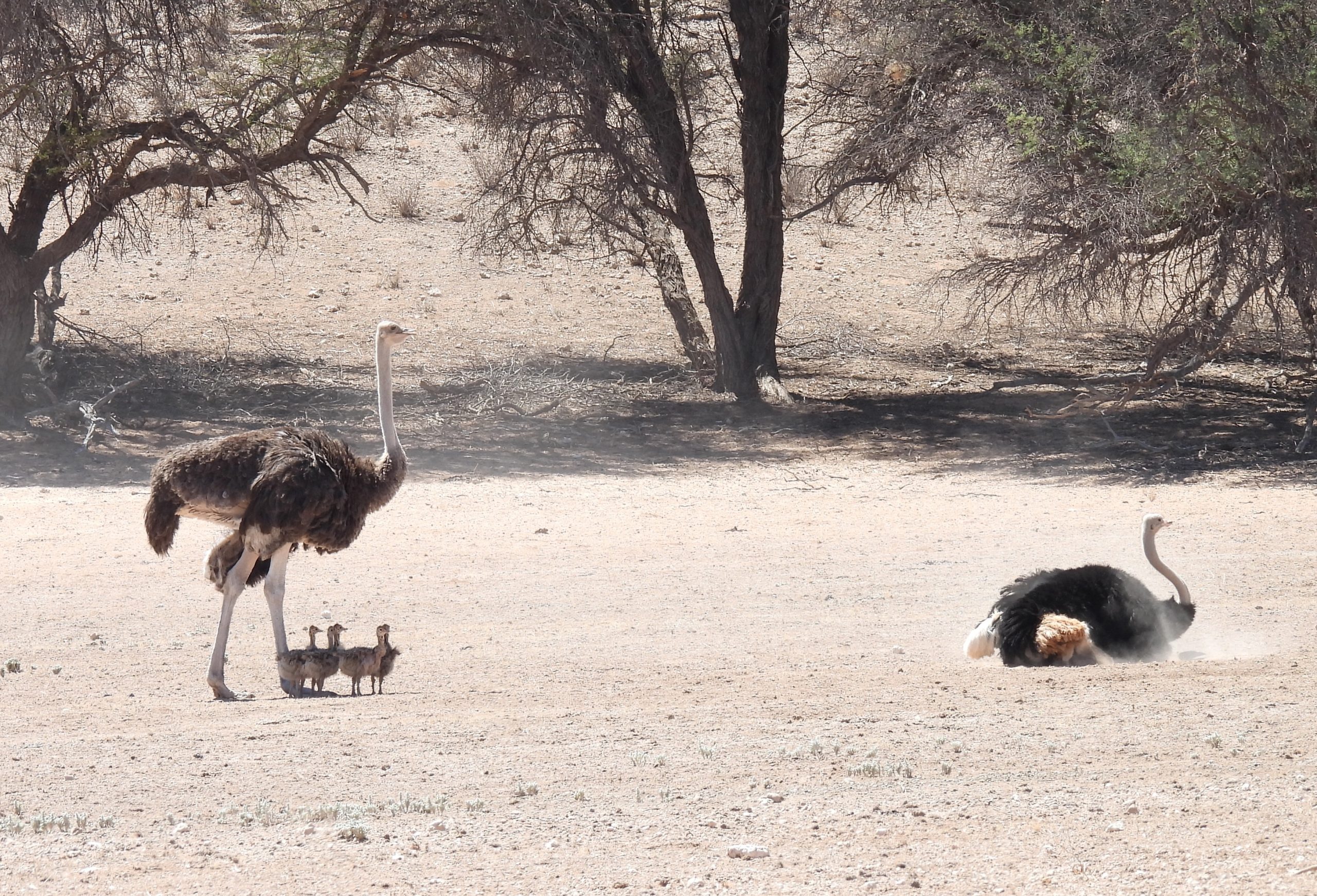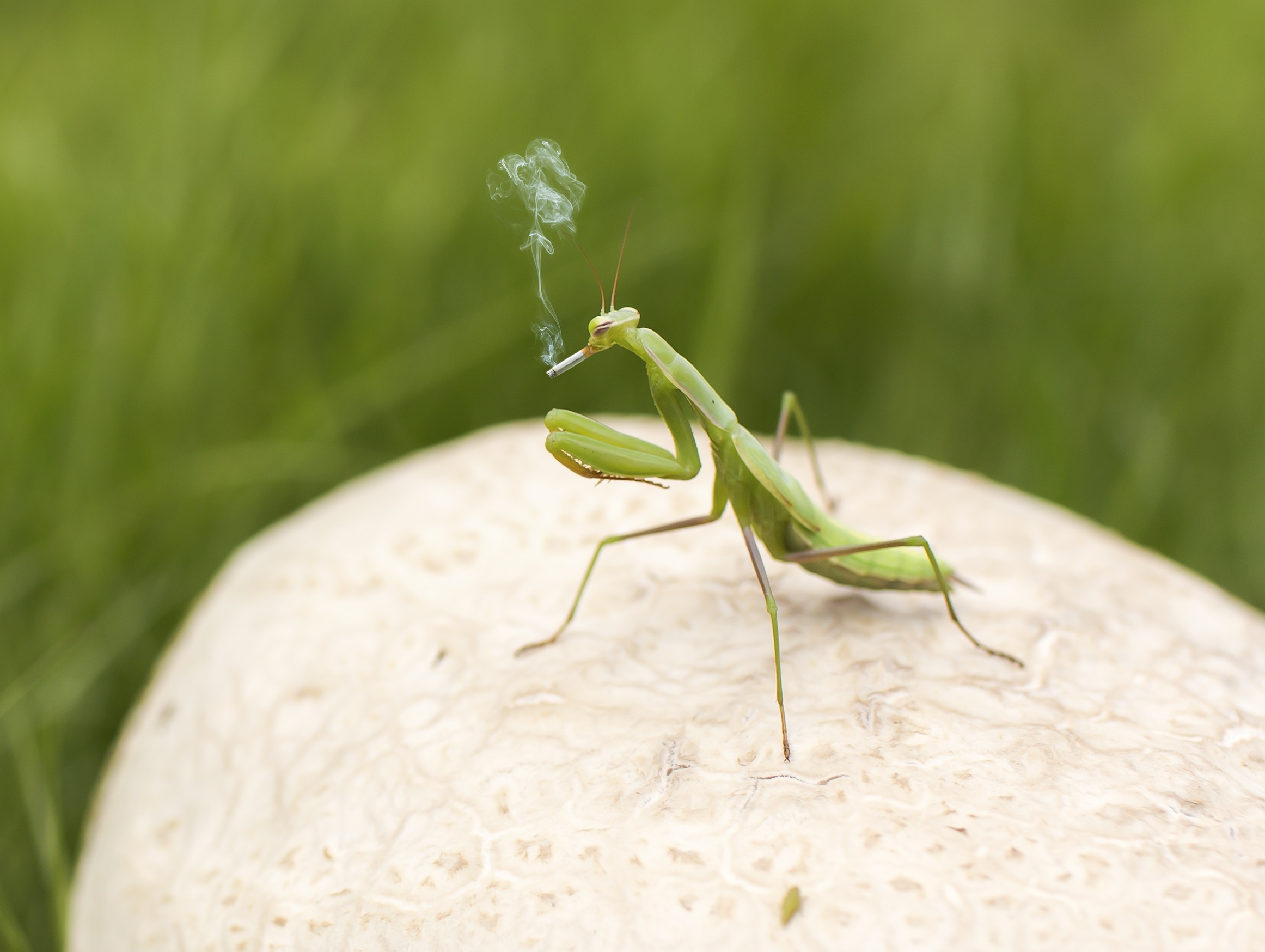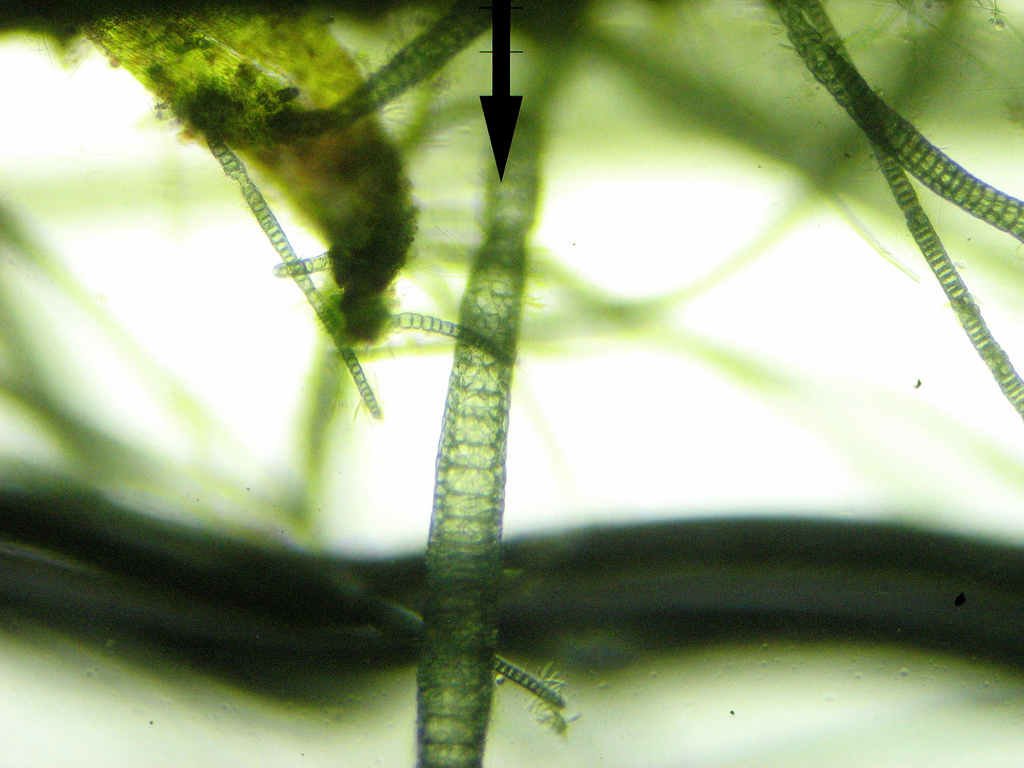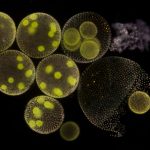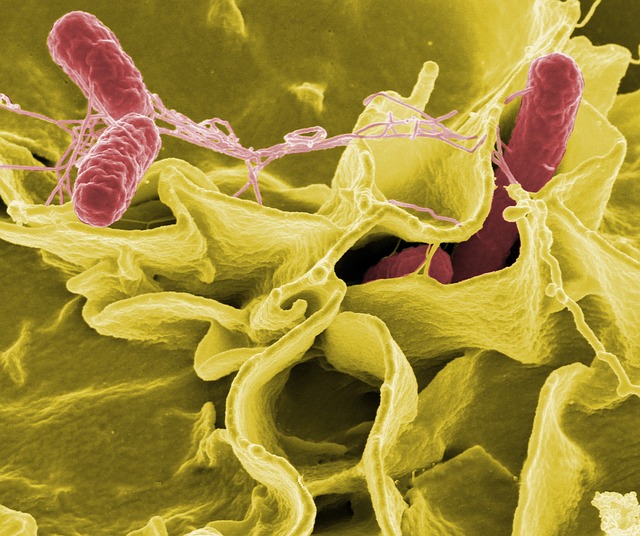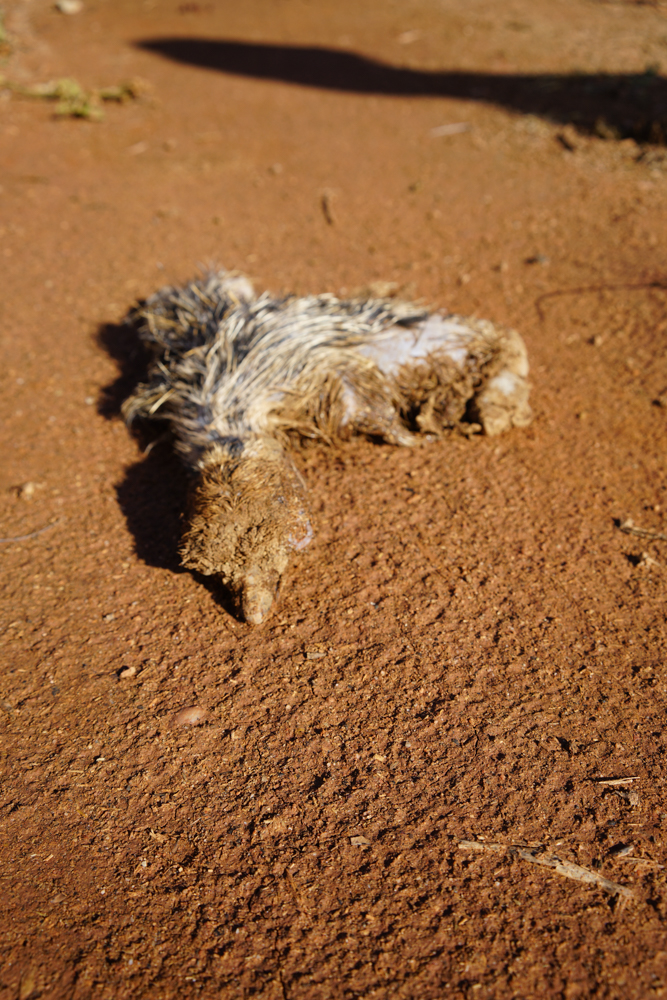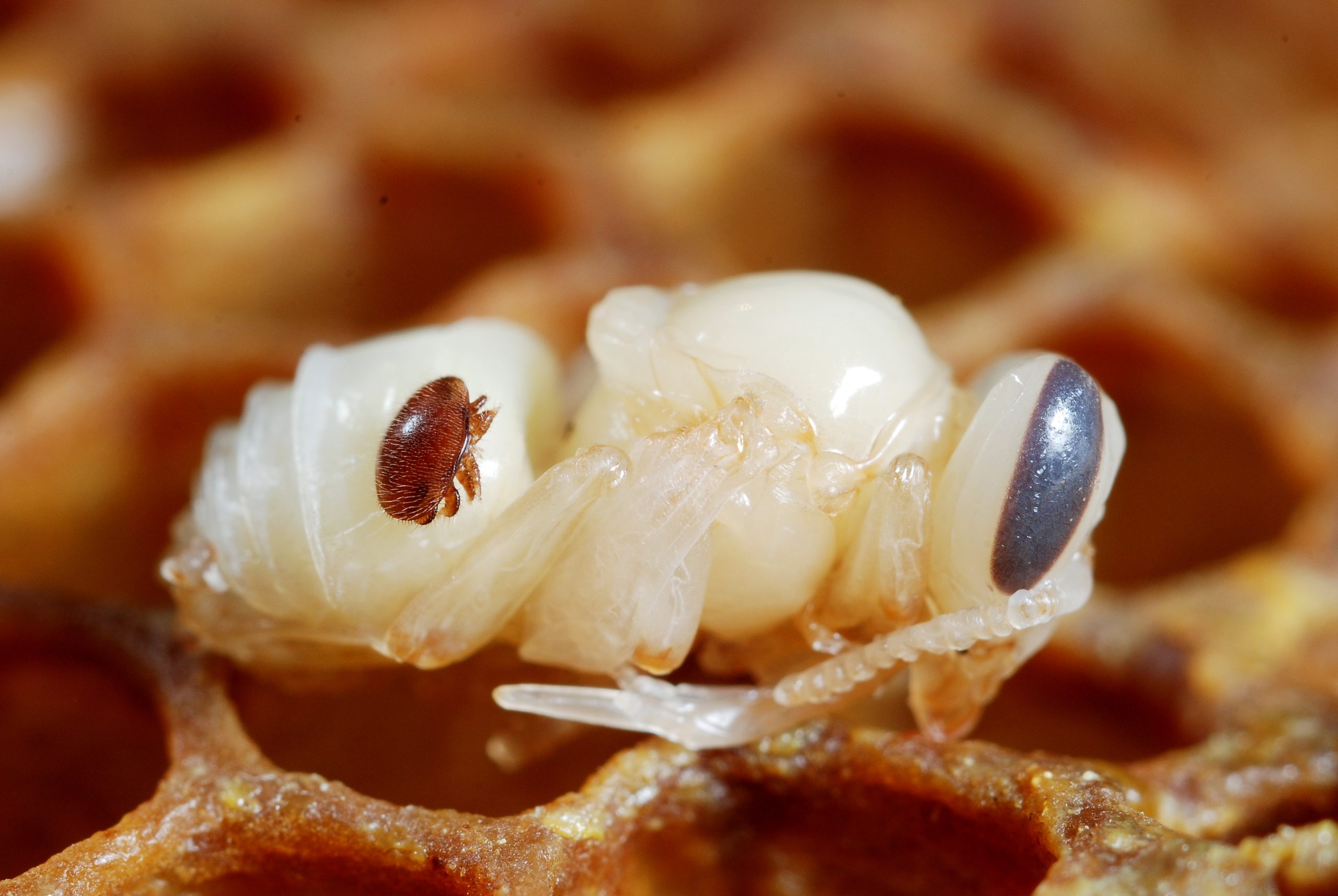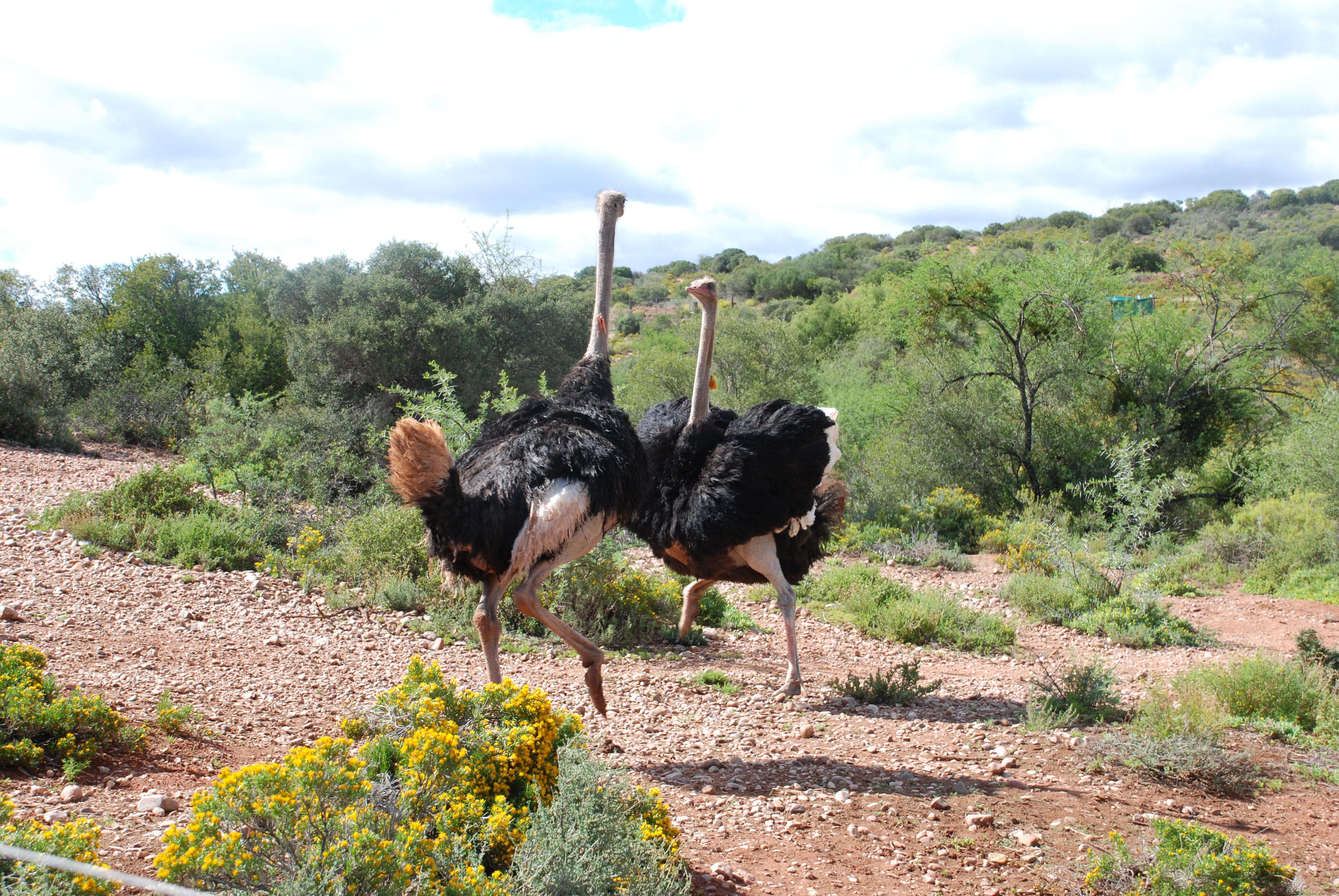Cooperation
Explaining why individuals help others remains a great challenge. The problem is that, given selfish interests, why should an individual do something that provides a benefit for another? Kin selection provides a clear reason. However, there is no unifying explanation for why cooperation evolves in some species but not others. We try to resolve this using a combination of comparative techniques that address: 1. Why do some species of birds breed cooperatively in groups and others breed independently? 2. Why are some species unicellular and others multicellular? 3. How do symbiotic relationships evolve? And experimental approaches to examine: 1. How the benefits and costs of cooperation change across different social settings in ostriches - a facultative cooperative breeder 2. The molecular pre-adaptations to multicellular life in green algae
Evolutionary Innovation
Uncovering how species evolve innovations that allow them to enter unchartered ecological territory remains unclear. We are interested in explaining how both individual and social adaptations evolve to cope with specific environmental challenges such as harsh environmental conditions e.g. hot temperatures. We address these issues using comparative analyses across birds and experimental work that combines genomic, quantitative genetic and thermal imaging analysis in ostriches.
Disease
The breakdown of cooperative societies and simple mutlicelluarity has occurred almost as frequently as their formation. However, the factors causing the breakdown of such complexity remain unclear. Living in cooperative groups clearly holds a number of advantages, but the very same factors that favour their formation (high relatedness and living in close proximity) are predicted to render them vulnerable to one of the most potent evolutionary forces – pathogens. From the point of view of pathogens, choosing hosts that live in cooperative societies is advantageous for two reasons. First, cooperative groups often consist of related individuals so when the immune defence of one host is circumvented the probability of infecting another host is high. This is known as the monoculture effect after the fact that in agricultural crops high genetic similarity allows diseases to spread quickly. Second, the number of hosts and the contact between them is much higher in groups relative solitary species. This is expected to increase rates of horizontal transmission allowing pathogens to more aggressively exploit hosts and ultimately cause higher virulence. We integrate genomic tools with phylogenetic and experimental analyses to address: 1. If the breakdown of cooperative breeding in birds has been caused by pathogens 2. How the beneficial and harmful bacteria in the gut microbiome of developing ostrich chicks influence fitness under experimentally manipulated social contexts.
Sex
We address the issue of how selection on sexual behaviour influences the evolution of monogamy. Monogamy is important as it increases relatedness within families setting the scene for the formation of cooperative societies. However, why females are monogamous / promiscuous is a long-standing mystery. We try to understand variation in rates of female promiscuity using genomic tools combined with manipulations of social structure of breeding groups of ostriches.

